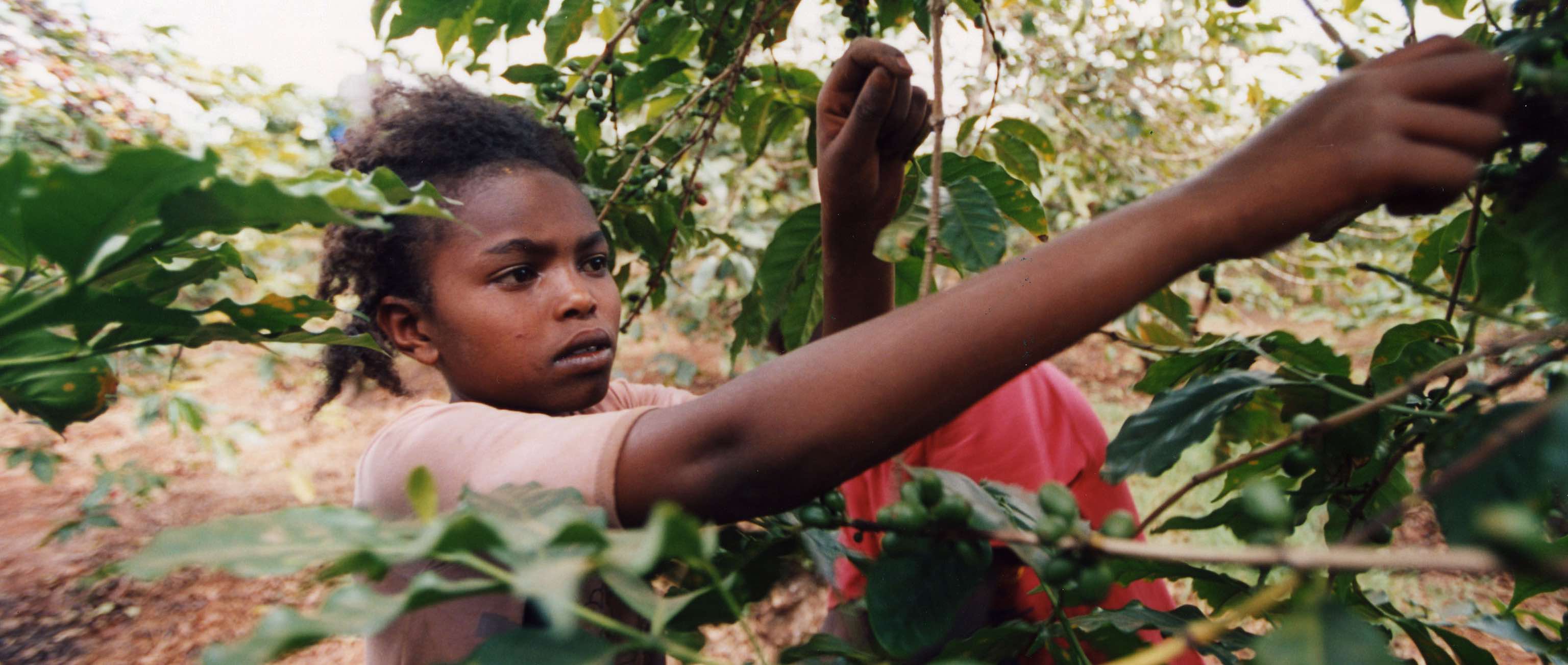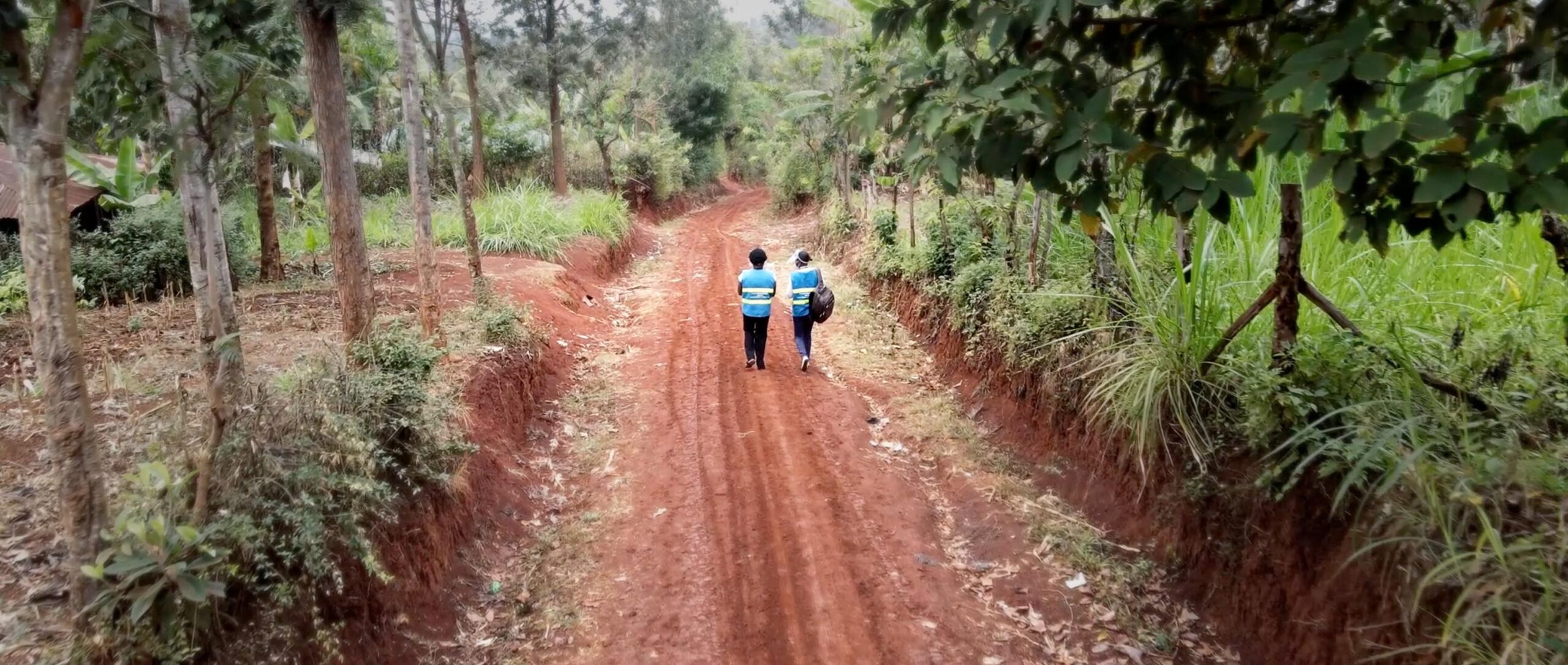Ending Child Labor: The Dirty Business of Cleaning Up Supply Chains
Made by Children. Instead of Made in China or Made in India, what if this was the label inside the neatly stacked sweaters on a department store shelf?
For most major brands, such a designation would be accurate. Despite companies making large investments to secure ethical supply chains, the International Labour Organization estimates that 168 million child laborers and 21 million forced laborers are still toiling in the global economy.
From 2011 to 2013, Fortune 500 companies spent almost $20 billion on corporate social responsibility (CSR), hiring consultants and engaging their own compliance, quality assurance, and monitoring teams.
While conditions have improved for some, workers at the bottom of the chain remain neglected, because most CSR efforts stop at the factory. Yet products we buy every day, like clothing, shoes and jewelry, involve an unregulated workforce in difficult-to-trace locations, including private homes. It is among these informal workers that labor abuse is the most prevalent and exploitative. Yet the millions of victims remain largely hidden.
The crux of the problem is that most companies do not know this portion of their supply chains. When western buyers go to India, they typically visit factories that are clean, safe, and compliant with their stated labor standards. They do not see the messy network of small producers that may comprise the majority of their production. In India, for example, this informal employment accounts for 84 percent of non-agricultural workers.
This is a risk for businesses that are increasingly held accountable for human rights abuses. Their reputations are on the line, with the prospect of losing customers who are increasingly aware and activist. Consumers and workers are bringing more litigation, related to laws like the California Transparency in Supply Chains Act. For example, Nestlé is fighting allegations that child slaves have harvested their cocoa in the Ivory Coast.
Consider also, the UN’s new Sustainable Development Goal 8.7 to eradicate forced labor, modern slavery and “by 2025 end child labour in all its forms.” This puts a major onus on the private sector to bring forth scalable solutions.
GoodWeave is the leading organization that has, on a sustained and commercial level, helped companies to map their full supply chains in tandem with investing in community-level interventions to adequately address child labor.
To guide the next phase of our expansion, GoodWeave commissioned a report based on interviews with 70 experts. The findings reveal a disconnect in the market between where investments in preventing child labor are made, and where the problems occur. Dan Viederman, formerly of Verité and now with Humanity United, told us: “The number of companies that have successfully, on a sustained basis, dealt with the issue of child labor is far too close to zero.” And Joost Kooijmans, Senior Advisor on Child Labour at UNICEF said: “look at the dirty end, the lower tiers [of production chains]. And there, I don’t see many organizations that have expertise in doing this.”
The solution to the problem is clear: companies must deploy deep supply chain investigation and remediation. But there is a distinction between ensuring an absence of child labor from production sites, and stopping child labor altogether. To eradicate the problem, we must change the social norms and other conditions that foment exploitation. By opening their supply chains to full mapping and accountability for all producers, industry can take a huge step in achieving both.
Taking this step is good for business. Selling child-labor-free products can lead to higher margins, increased product quality, and more stable sources of supply. Irene Quarshie, Target’s Vice President of Product Quality and Responsible Sourcing, reports: “By supporting GoodWeave’s mission, our guests can buy…a rug at Target and know they’re playing a part in eliminating child labor in the rug industry, and educating thousands of children in India. That’s a really big deal, and something we’re very proud of.”
I frequently visit GoodWeave’s Hamro Ghar (Our Home) rehabilitation center in Nepal for rescued child laborers, where 46 children are now in residence. The stories of their experience with abuse play out every day, all over the world. Their circumstances are the direct outcome of corrupt producers literally stealing labor—to the tune of $150 billion in annual profits. We cannot chase down and punish every perpetrator, but we can take their profits away by cutting them out of the market.
In honor of World Day Against Child Labor this June 12th, I invite more companies to join us in this mission. What the corporate sector can do is take a hard look at their CSR programs and demand full accountability from their supply chains. The year 2025 is coming fast, but it is still possible to meet the UN’s goal. These changes in supply chains can happen if the right resources are brought to the table.
Banner photo: U. Roberto Romano, courtesy of GoodWeave International.



